|
By Terry Johnson, IPF Chair USA and Busines and Marketing Expert Competition in today’s markets has never been stronger.
Yet, I continually see examples of natural perfume and natural essence businesses that have not made many adjustments to their sales efforts to overcome the fierce competitive headwinds brought on by a deadly pandemic, numerous supply chain issues, and high inflation. These conditions have seriously changed consumer perspectives and require frequent reviews of sales and marketing strategies to reflect current realities rather than relying on consumer preferences and priorities that no longer exist. You and everyone working with you should put on their selling hats for a while and focus on how to get consumers needing to purchase your products at premium prices, not just wanting to. In the High-Value Natural Perfume consumer market, the first order of business is to identify every potential value feature of your products and incorporate those value features into selling benefits for consumers justifying premium pricing you need to charge. When consumers see something for sale that appears attractive to them, they determine the level of value that the product could provide them, and then they check the price. If the level of value is above the price, they are more likely to buy. If the level of value is below the price, they are less likely to make a purchase. Selling the value and benefits of your products greatly increases the likelihood of closing the sale profitably. Here are 7 solid tips on strengthening and updating your Natural Perfumes and Essences selling strategies:
Terry Johnson is teaching and consulting at The Natural Perfumery Teacher's Academy. If you want to learn more about Business and Marketing in the Natural Essences World, you can follow his course or contact us for consultancies.
1 Comment
By ANDREJ BABICKY, IPF Chair Italy Natural Perfumer, Olfaction Trainer and Raw Material Extraction Methods Expert The arrival of winter brings to mind old memories of my childhood spent in Eastern Europe, precisely in Slovakia, in a small village surrounded by changes and woods. The days were cold, wet and short. When evening approached, my grandmother, a woman already old and consumed by work, even when she was young, used to prepare strong black tea with spices. with just a drop of honey. She made us sit around the table telling us fairy tales. I vividly remember those moments: the wood crackling in the old stove, the smell of the cast iron top heated by the flame. Grandmother used to put on the stove some oranges or mandarins that perfumed the room and grains of incense, which slowly melted creating an olfactory background to the stories. Along with the love for roses, my grandmother also transmitted to me the love for these smells that for me are always associated with the traditions that revolved around the winter solstice, the day I was born. Many years later I had the opportunity to meet a person who travels the world in search of new and special raw materials. I call him the Indiana Jones of incense. In addition to researching these raw materials, he teaches indigenous peoples how to extract them to create a sustainable production cycle. Together with him and through his acquaintances, I had the opportunity to discover new essences. Returning to us, I have always been fascinated by this mix of aromas that accompanied my childhood. I've always looked for the best way to catch them. Living part of the time in the country house, the most used material to heat it is wood. Some of the essences have strongly perfumed woods, while others, after a period of seasoning, acquire particular aromatic nuances. Among my favorites that I often use in alcohol extractions are lime, acacia, pine, larch, magnolia. They are woods that are easy to manipulate and shred or you can buy shavings or sawdust as waste material in sawmills. The wooden material (small pieces, sawdust, shavings, twigs) I let them dry then I proceed with extraction with alcohol in the form of dye. I leave the material to macerate for several weeks, sometimes for months because from my personal experience, the aroma of the final extract is richer and fuller. There are two other kinds of wood that I love to use: two species of oak Quercus Petraea and Quercus Robur Both are easy to find. I collect the fallen branches, let them dry, grind them and then I toast them in the oven to enhance their woody, smoky and spicy aspects. Resins such as various types of incense, myrrh, balms are readily available. They are odorous substances of vegetable origin, insoluble in water but often fat-soluble and of high molecular weight. Some of them are exudates, while others are an integral part of the tissues of the plant itself. They have various chemical compositions and can occur spontaneously or due to stress. They have very distinct olfactory profiles and can add warm or cold aspects to a blend depending on the raw material used. They give depth, sometimes a dark and mysterious character, they can serve to anchor the other essences in a blend. The resins may be extracted by distillation, extraction with solvents such as, for example, alcohol that is easy to perform even at home. A very particular extraction process is to capture the smell emanating from a resin if burned or heated. To discover this method and others, I invite you to enrol in the raw material extraction course where different techniques and different raw materials are dealt with. Prepare an Interior Christmas Perfume
Different spices are also part of our daily life. I must confess that I don't extract most of them directly, only some particular spices such as certain types of pepper, wild carrot seeds and mace, the shell that covers the nutmeg seed. In the winter I prepare an alcohol-based Interior Christmas Perfume, a mixture composed of: 20g of cloves 10g part of cinnamon Zest of an orange Some eucalyptus leaves 3/4 bay leaves 1 sprig of rosemary 1 nutmeg 1 tonka bean 10 drops of fir essential oil All the dry material is crushed in a mortar, poured into a glass container and covered with 300 ml of alcohol. The container is left to rest for 2 weeks, shaking it frequently. After two weeks, the content is filtered and is ready to be used to perfume the rooms, Christmas decorations or doormats in front of the house. It is an old recipe from my grandmother who instead of alcohol boiled all the material together but for easy storage, the formula was reworked with an alcohol base and with the addition of some raw materials. Biodynamics, Wine and Whole Ingredient Perfumery by RACHEL BINDER For years I worked in the culinary world- as a server, a sommelier, as a manager. One thing that has always been a professional standard is that you don’t wear perfume while working near food and wine. In fact, if you wear scent during your sommelier exam you automatically fail the service portion of your test. What grows together grows together One spring I was lucky enough to have a Barolo tasting that changed my life. It was spring and the patio we were tasting on was covered in jasmine- that pink sweet jasmine that takes over my home town of Venice Beach at certain times a year. The Barolo just seemed to taste and smell with more beauty and nuance with that aromatic addition of (the jasmine) nature! Especially notable since jasmine grows so beautifully in Italy where the Nebbiolo grapes of Barolo grow. It was an aha moment for me because I realized that if you follow the guiding principles of wine pairing you understand that what grows together grows together. So why do we not do perfume and wine pairings? Often that is because synthetic scents don’t grow with nebbiolo grapes, pinot noir grapes or anything else. They are isolated in a lab even if they had a natural beginning. They no longer contain that beating heart of nature but there is also a more assertive sillage to molecules made in a lab (even “natural” isolates) that prevents ones ability to fully smell and taste food and wine to its fullest capacity. Why does that “beating heart of nature” matter when it comes to perfume and wine? For me it goes back to the principals of Rudolph Steiner (who began the modern biodynamics movement in regenerative farming) and biodynamics. As someone who tasted wine and also directed wine tastings and winemaker dinners for years I have experienced on so many occasions how the biodynamic calendar and its “fruit and flowers days” (which are based on the moon and the tides) can fully impact a tasting and how people experience scent and taste. Even the most hardened not natural seeming sommeliers will pull up the biodynamic calendar to see how their wine is going to show on a given day. This works with wine because it is still a living, evolving whole ingredient ageable aromatic of nature. These principals do not work with items or ingredients that are so processed they no longer belong to this living cycle- a traditional designer fragrance is the same day after day. It does not evolve in time nor does it have the energetic imprint that is offered with a truly natural perfume. For this reason I started doing perfume and wine pairings with natural perfume and ingredients to help demonstrate to people the living difference that is possible with truly natural perfume. A society whose noses have been dulled by a false sense of smell There is something remarkable that happens when you pair a hydrosdistilled jasmine with a rose wine that has a floral component. First you smell and then you taste so many different levels of what these incredible gifts of nature have to offer. It becomes crystal clear that something different is happening with a natural perfume than we have learned to expect from a synthetic when we allow it to be experienced with retronasal olfaction (nose and taste buds). There are layers of scent and taste that are unlocked that can entirely bewitch and help shift ones appreciation of these natural beauties. So many products that people use are scented with synthetics that are louder than our natural environment. Before someone even applies a synthetic scent they have quite literally been nose blinded by all of the other products they have applied to their bodies (shampoo, body lotion, cleaning products, fabric softener). It has led to a society whose noses have been dulled by a false sense of smell. Many of us have forgotten what real flowers or soil smells like because the idea of the fake one has taken over. Go to the farmers market So here is my pairing challenge! Go to the farmers market (if you have one nearby) and pick out some fruit that is in season, your favorite whole ingredient natural perfume or essential oil and grab some rose wine. Sit down and breathe in each of the aromatics, drink the wine and eat that beautiful fruit. I find it to be transcendent to experience these things together. From a sensory point of view this is a great tool of education on the possibilities of returning to the beauty that was one experienced with all perfume before they were taken from the earth and rebirthed in a lab. All over the world people are finding ways to help combat global warming with regenerative farming but I think the natural perfume world has an opportunity to help people remember what it is we are fighting for: the native plants uncommonly utilized, the beauty of biodiversity, and the possibility of a rebirth of how we experience and share aromatics. 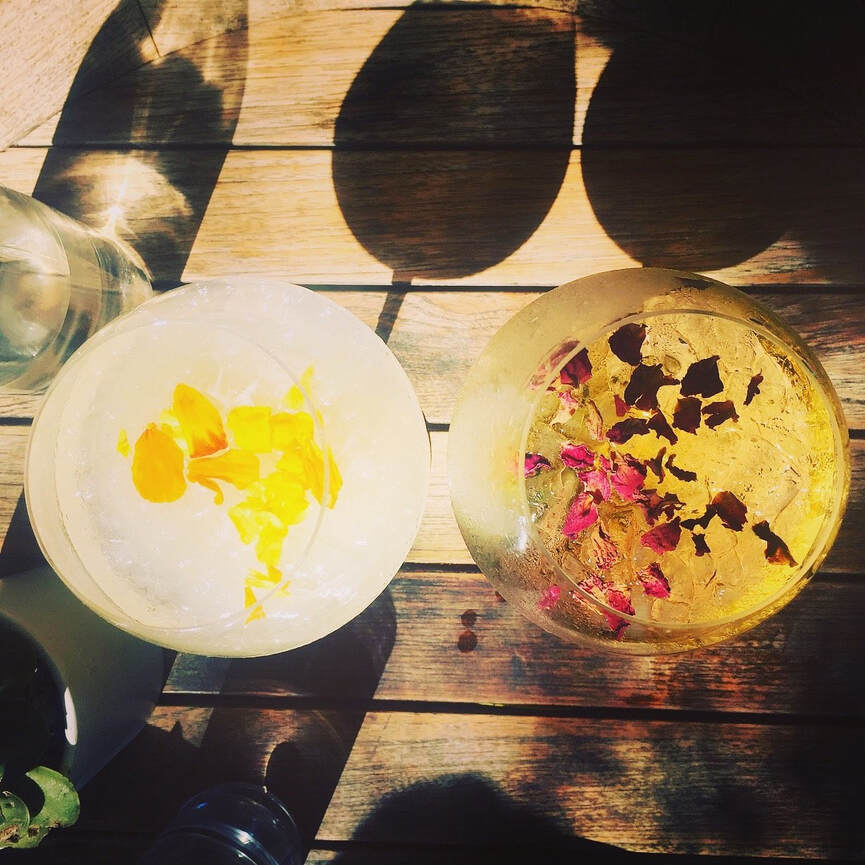 Black Tea and Rose Rose Sangria. It’s rose (wine) season and so many are being released this time of year! I recommend trying this with a deeper rose (think Bordeaux varietals, or an Italian, Spanish or Chilean rose).
Sangria Verde.
All sangrias or punches may work differently depending on wine choice - a little citrus like a splash of blood orange always works great! Consumer behavior is changing. Consumers are starting to ask questions about what they purchase for fragrances, the same way they have for healthier foods and beverages. They are beginning to look for new perfumers, custom perfumes, and natural perfumes. The world of perfume is changing: in the past there were around 10 perfume houses making perfumes for hundreds of brands. Today there are thousands of perfumers, and thousands brands worldwide.
Are we living in a new era for the perfume industry? Is this a revolution driven by consumers or is this a normal cyclical evolution leading perfumers to come back to what perfume used to be in the past? Since ancient times, fragrances and perfumes were used for healing purposes and at the same time perfumers were healers. They studied perfumery to learn the beneficial power of plants, created their own little healing gardens, used enfleurage, maceration, and distillation techniques and start making their own perfumes while thinking about people’s wellbeing. Thanks to flower fields, perfumers also made sure that bees did their part in preserving flowers and plants for the future. Perfumes were precious, made with 95% flowers and plants and 5 % alcohol. Today, what challenge does the perfume industry have to face? How can major brands adapt to changing consumer behaviors and meet the growing demand for natural? How can they enter this New Luxury Market, respecting the New Luxury Code? Do we need to change the curriculum of perfumery courses to reflect the changing marketplace and tomorrow’s perfumes? What is the purpose of a perfume? Shouldn’t it be more than just self-satisfaction for a perfumer? Will this be enough to satisfy the inevitable changing consumer demand for natural products? What major changes already in place will continue to form a very new picture of the perfume industry and its exciting future? All of these questions and more will be covered by a panel composed of the following Certified Experts and Members of the Teachers-Academy: Rodney Hughes, IPF Certified Natural Perfumer, Françoise Rapp, Expert in Essential Oils and Aromatherapy and Ruth Ruane, Director of the IPF Certified Natural Perfume Academy Join us at Cosmoprof Bologna for this important conference about the Future of Perfumery If you always dreamed to BECOME A PERFUMER, this intensive Natural Perfumery Course IS ...FOR YOU ! It will allow you to discover your talent. Enjoy the summer in joining the Natural Perfumery Academy Summer Online Class. You can work from the beach, from your garden in any part of the world, on your tablet, your mobile. Enjoy the Summer with us. The cut off date for enrolling in the online Summer course in Natural Botanical Perfumery is the 30th of June Online IPF certified, natural perfumery Summer course English and Portuguese stream, of the 6 Months Intensive Course in Natural Perfumery. Inglês e Português, do Curso Intensivo de 6 Meses em Perfumaria Natural. Certified by The International Perfume Foundation http://www.naturalperfumeacademy.com/ USEFUL PERFUME COURSE LINKS FAQ: https://tinyurl.com/nen3su3 COURSE INFO: https://tinyurl.com/yblcf4um IPF: https://tinyurl.com/y84ndw7s FEES: https://tinyurl.com/y84ndw7s Perguntas mais frequentes: https://tinyurl.com/y8seqrln Curso de perfumaria botânica natural intensivo, de seis meses.: https://tinyurl.com/yc6xmw74 During la Setmana de l'Artesania de Catlunya (Catalonia Arty & Craft Week), you will discover the work of Catalan artisans (a group of 2400 officially accredited people) who practice their art with excellence and transmit their important knowledge to the next generations for their future and their wellbeing.
Esperança Cases Prats, Natural Perfumer Academician, will show an important exhibition during this week, to sensibilise the public to the benefits of creative craftsmanship and the importance of nature in perfumery. Exhibition: Gotas d'Història (drops of history) - synergy of glass and natural perfume. Conference: Natural perfume? craftsman? Vegan? bio? ... To clarify the true meaning of these labels. June 14 2018 -6pm - Can Riera - Career de Lola Anglada s/n - Tiana Exhibition: Tiana Artesana - Exhibition of the perfumer's trade. Event Venue: Can Riera - Career de Lola Anglada s/n - Tiana In Esther Ramos's ceramics installation “El Somni entre dos Mons” (Dream Between Two Worlds), the important thing is the one that is not seen. It is the mystery of the hidden and the intuitive perception of the secret that hides beyond form. It is in the impossible dialectics between the physical and the metaphysical where the soul is revealed, where the silence of thoughts, emotions and sensations speak. Absence and presence simultaneously. Synergies of Natural Perfumes, invisible but perceptible, reinforce the idea of the hidden. |
Archives
March 2024
Categories
All
|
- Home
- About
- Why choosing us
- Mission
- Academicians
- IPF Certification
-
COURSES
-
MASTER CLASSES
- Teaching Methodology
- Natural Raw Material Extraction Methods >
- Natural Candle Making
- Healing Gardening
- Sustainable Oud MasterClass
- World Perfume History Master Class
- Scent Design and Formula Building >
- Fragrant Botany & Chemistry >
- Perfume Design, Concept and Storytelling
- French Natural Aromachology #1
- French Natural Aromachology #2
- Olfaction Training for Children
- Accords - Musks
- Accords - Chypre
- Accords - White Florals 1
- Accords - Fougeres and Aromatics
- FRAGRANCE DEVELOPMENT
- SPEAKERS
- EXHIBITIONS
- Partners
- Blog
- Contact
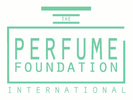
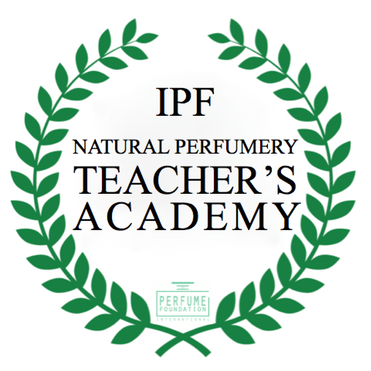
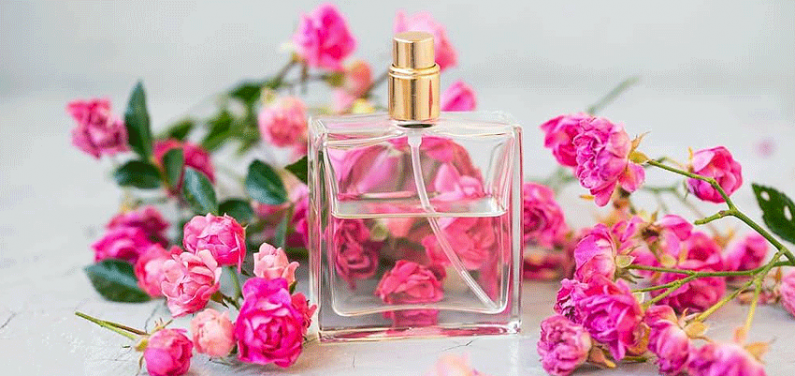

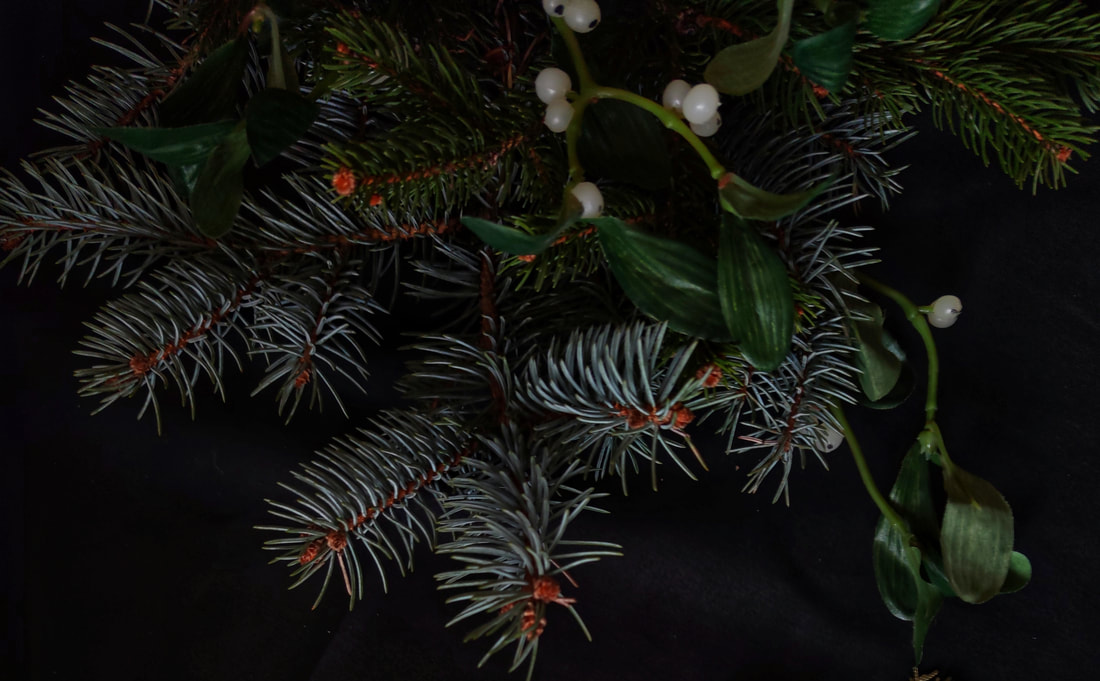
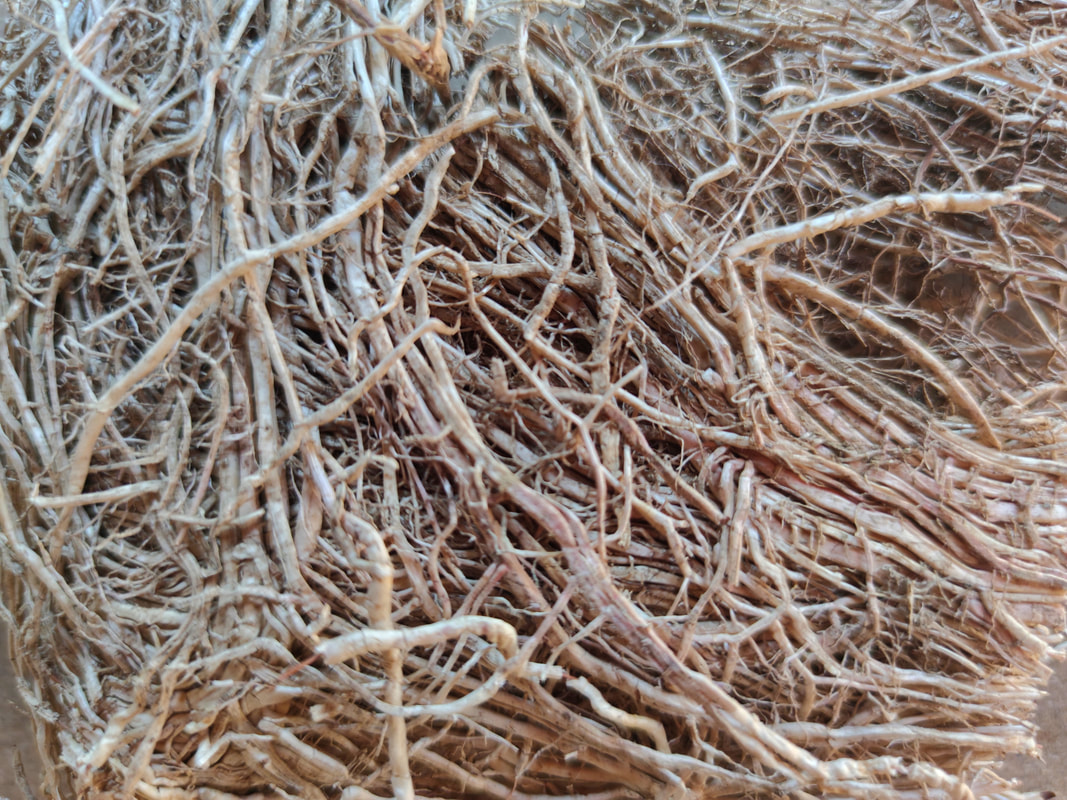

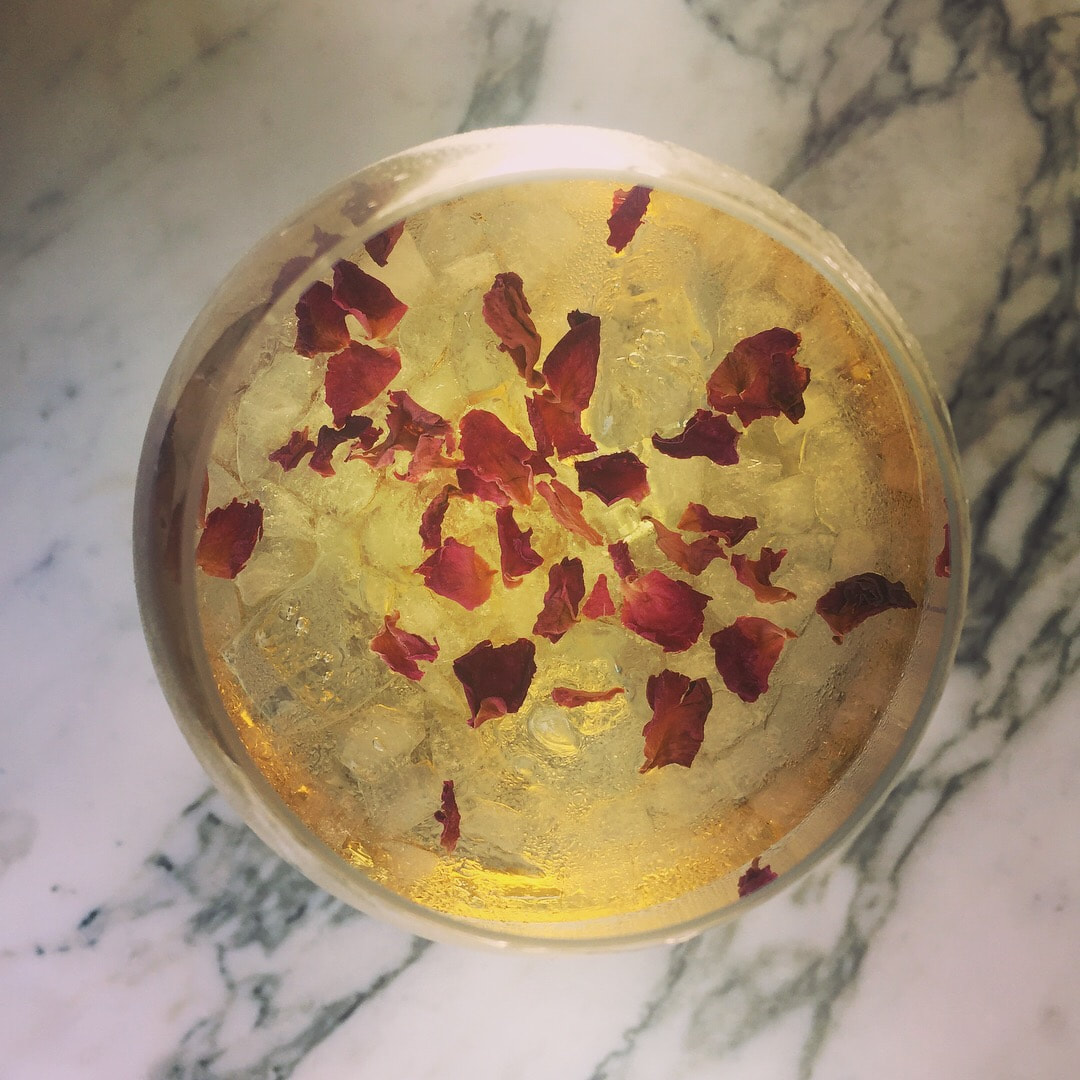



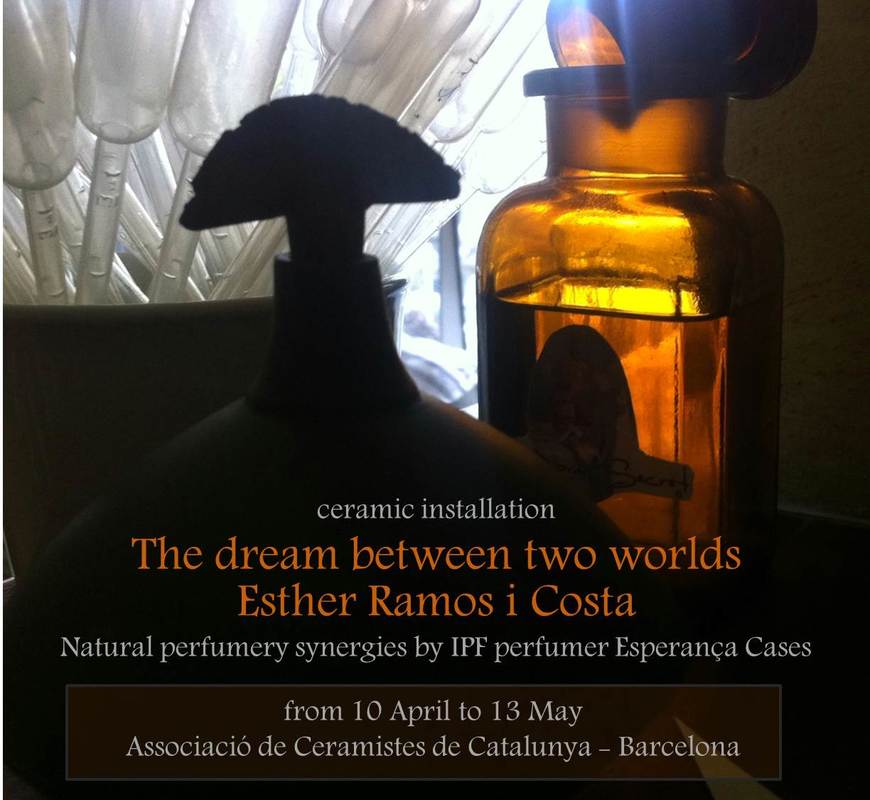
 RSS Feed
RSS Feed
